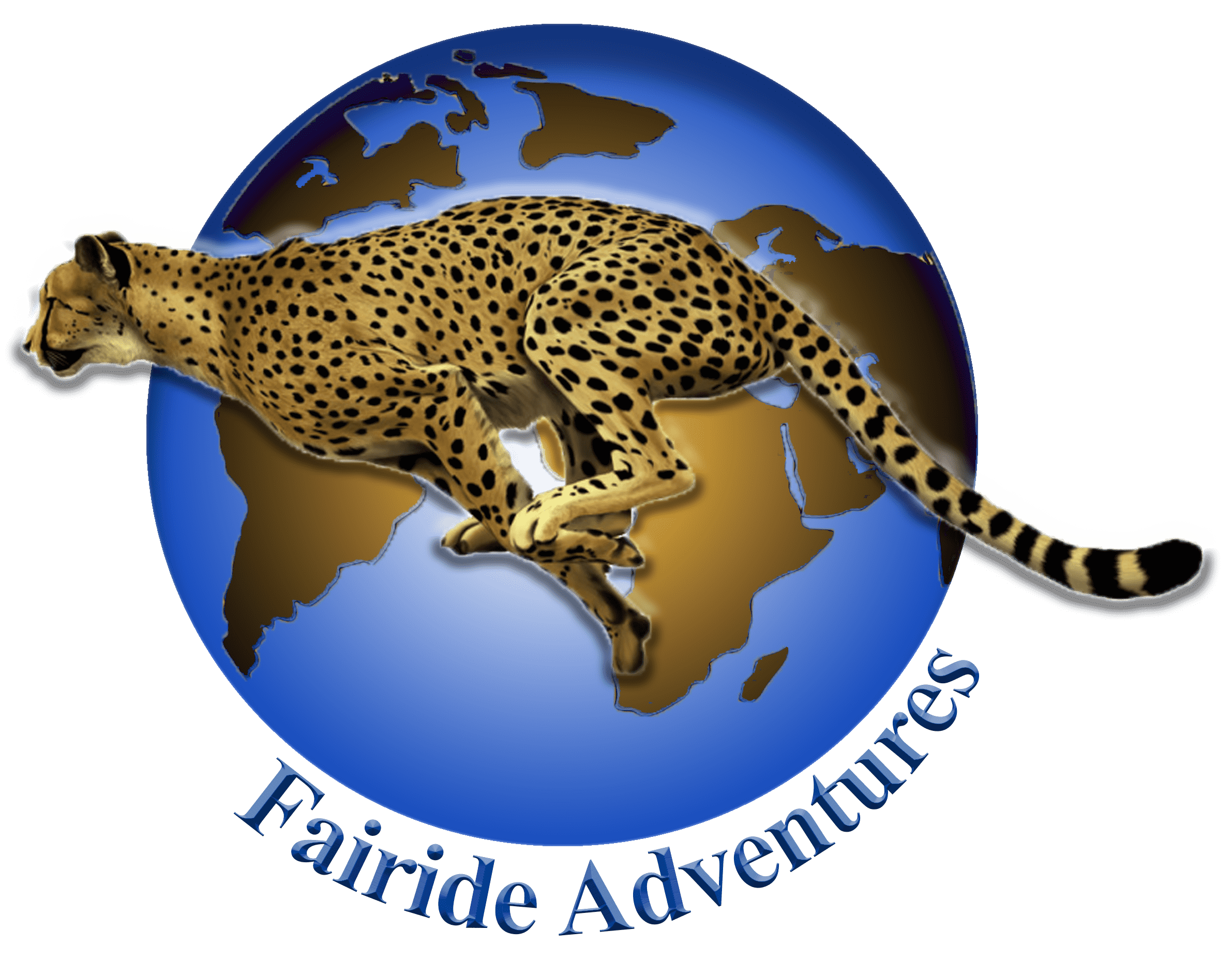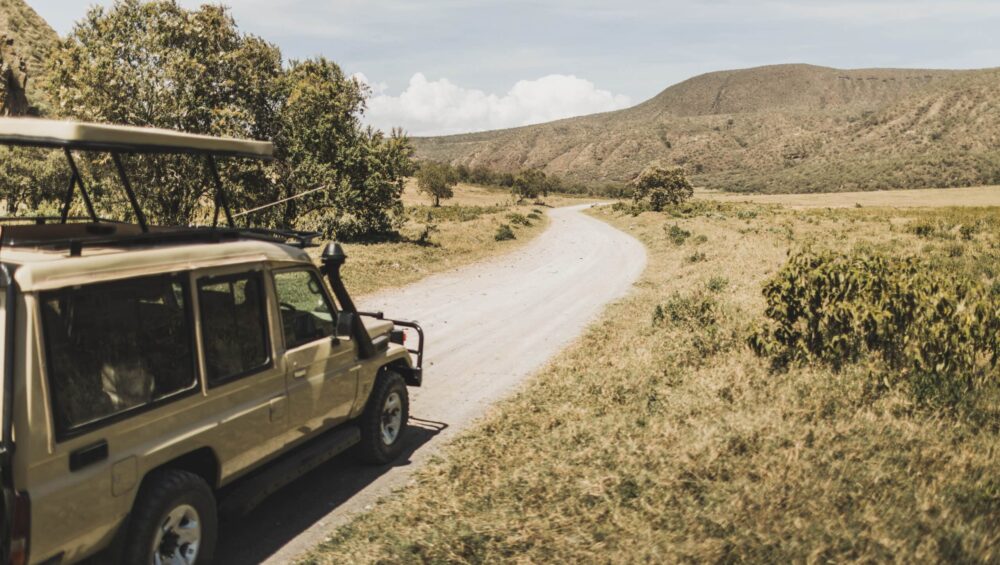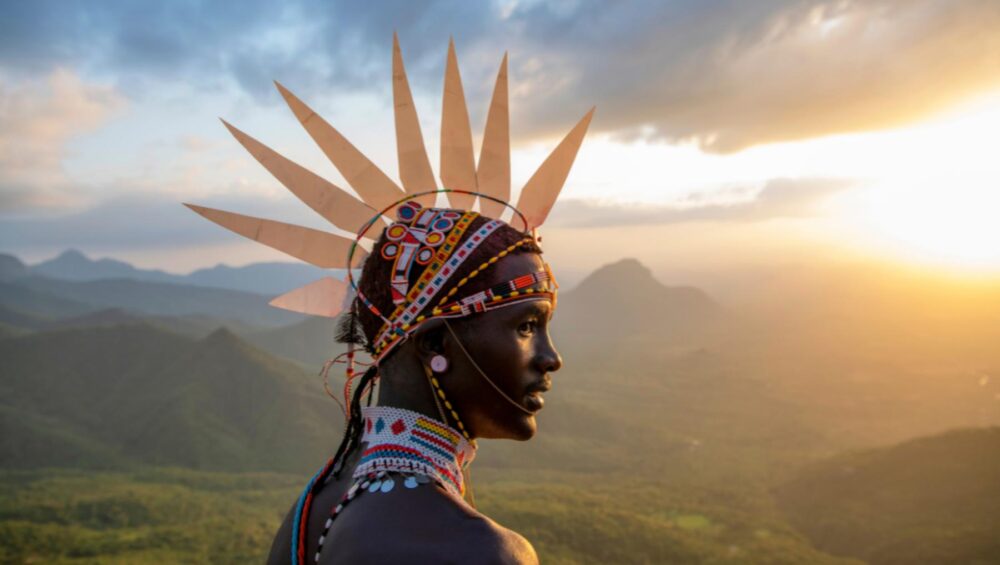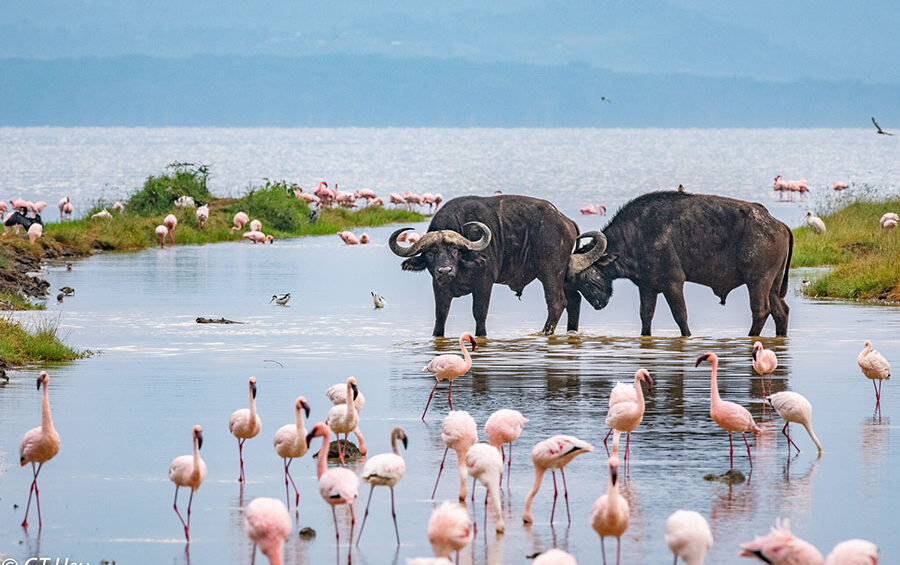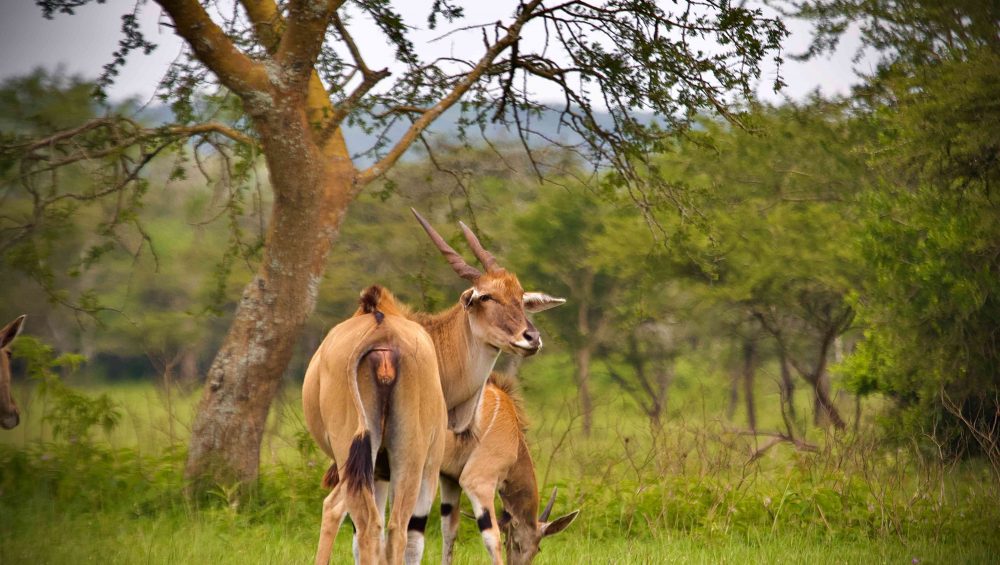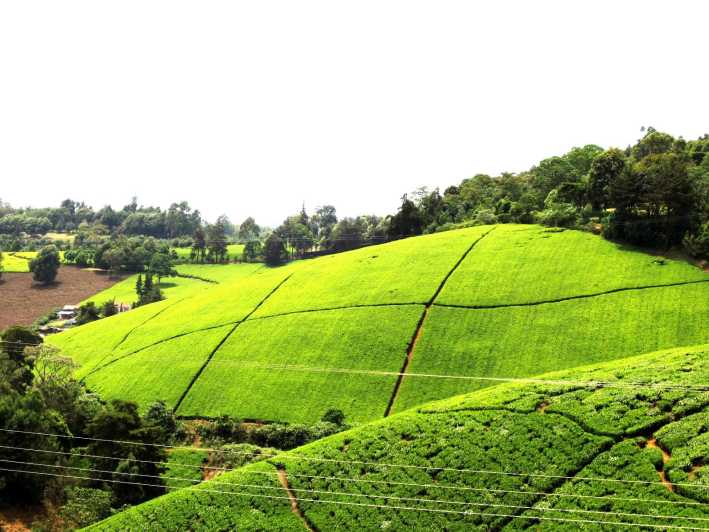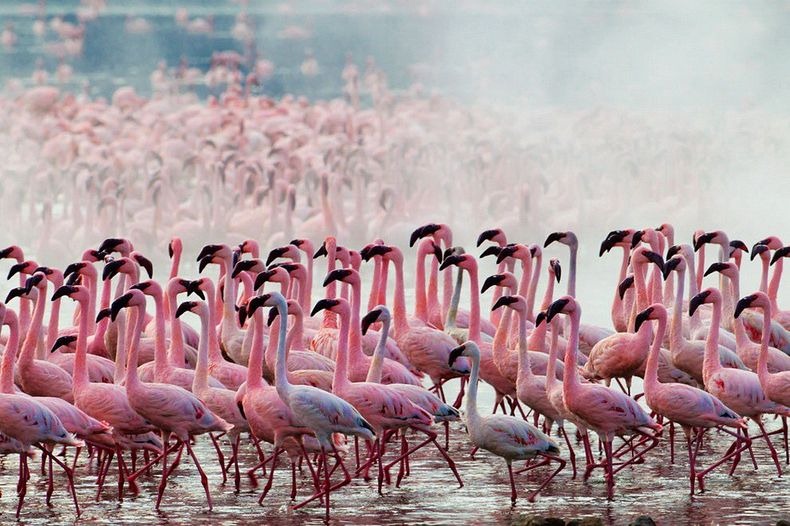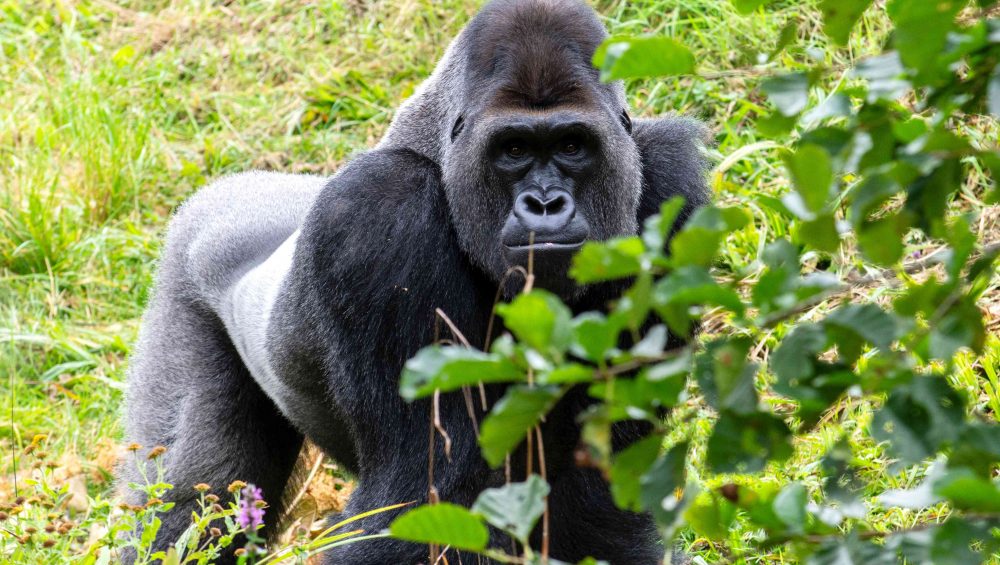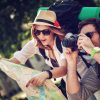11 Days luxury Footprints of kenya Samburu/Olpejeta/Nakuru/Maasaimara/Naivasha/Amboseli-Tsavo Safari
Nakuru national park boasts of many flamingos and Rhinos.If you miss to spot Rhinos in Maasai mara dont worry as you will se them in Nakuru National Park . The park boasts of a poink lake thus the pink flamingos in it. Combining safari to Nakuru with other parks is very key since Nakuru is central point for maasai mara and Amboseli and Olpejeta or Samburu.Thus to rest abit Nakuru is a must break point for your safari.
lake naivasha is in the eastern arm of the East African Rift System, 35 mi (56 km) southeast of Nakuru Kenya. It is flanked by the Ilkinopop (Kinangop) Plateau (east) and the Mau Escarpment (west). lake naivasha lies on an alluvium-covered flat in the valley floor and is flanked on the north by an extensive papyrus swamp.
It is the highest of the lakes in the eastern part of the rift system, and is situated at 6,180 feet (1,884 m) above sea level. Its level and size fluctuate periodically; in the mid-1970s it covered about 81 square miles (210 square km). Its main tributaries are the Engare Melewa and Gilgil rivers.
Although it has no outlet, the lake’s waters are fresh. Several species of Tilapia and black bass (introduced) are the basis of commercial and sport fishing. Bird-watching is also popular. Lake Naivasha serves as a weekend resort for residents of Nairobi, the capital of Kenya, to the southeast
Samburu National Reserve;
It is one of the lesser-known national parks, but is nevertheless teeming with life. Situated alongside the Ewaso Nyiro River, there is plenty to attract wildlife from the surrounding savannah plains. The reserve is located north of the great Ewaso Ng’iro river banks. The river, a lifeline of the arid landscape, serves wildlife, domestic animals and humans alike. It gets its name from the colour of its waters. Brown water, is what Ewaso Nyiro means in the local language.
The reserve is rich in wildlife with an abundance of rare northern specialist species such as the Grevy’s zebra, Somali ostrich, reticulated giraffe, gerenuk and the beisa oryx (also referred to as Samburu Special Five). The reserve is also home to elephants and large predators such as the lion, leopard and cheetah. Kamunyak the miracle lioness that adopted the baby oryx was as a resident in the reserve. Wild dog sightings are also a common attraction to this unique protected area.
Maasai mara is the home to Africa’ Big Five species, as well as an abundance of other wildlife, including wildebeest, cheetah, hyena, giraffe and many more. It borders the Serengeti National Park Tanzania.
Often described as nature’s greatest spectacles, the great migration is one of Africa’s dramatic stories. This occurs every year between July and October where more than 1.5 million wildebeests, zebras, gazelles and elands move mysteriously from the Serengeti in Tanzania to Maasai Mara in Kenya in search of grass and water.
This movement offers nature lovers the opportunity to view as predators such as the Lion, Hyenas, Crocodiles and Cheetahs prey on the wildebeests. This mass movement is one of the Seven Wonders of the World.
From the western Serengeti the herds head north, following the rains (or their effects) into Kenya and the Maasai Mara Game Reserve. On their trek the wildebeests’ path is cut several times by rivers: in the Serengeti by the Mbalangeti and the Grumeti, and in Kenya by the Mara.
For most of the year these rivers are relatively placid, but they can become violent torrents in response to rainfall in their catchment areas, and then they present major obstacles to the progress of the wildebeest.
Wildebeest arrive at the Mara River in their tens of thousands, and gather waiting to cross. For days their numbers can be building up and anticipation grows but many times, for no apparent reason, they turn and wander away from the water’s edge.
Eventually the wildebeest will choose a crossing point, something that can vary from year to year and cannot be predicted with any accuracy. Once on the grasslands of the Maasai Mara, the wildebeest spend several months feeding and fattening once more, taking advantage of the scattered distribution of green pastures and isolated rainstorms.
A remarkable feature of their wanderings is their ability to repeatedly find areas of good grazing, no matter how far apart.
Olpejeta Ranch :Underneath the watchful eye of Mount Kenya, you can discover the unspoilt wilderness of Ol Pejeta Conservancy, famous for pioneering conservation projects and refuge for the last three northern white rhino remaining on the planet.Not only is Ol Pejeta the largest black rhino sanctuary in the whole of East Africa, it is the only place in the region where you can see chimpanzee. It is also home to the Big Five, a mindblowingly rich array of African game and over 200 migrant and resident bird species. The conservancy boasts one of the greatest game-to-area ratios of any reserve in Kenya in a pioneering and mutually beneficial land-management system.
The best time to view birds is October to January. The vegetation is sparse hence giving an opportunity to view most of the wild animals
